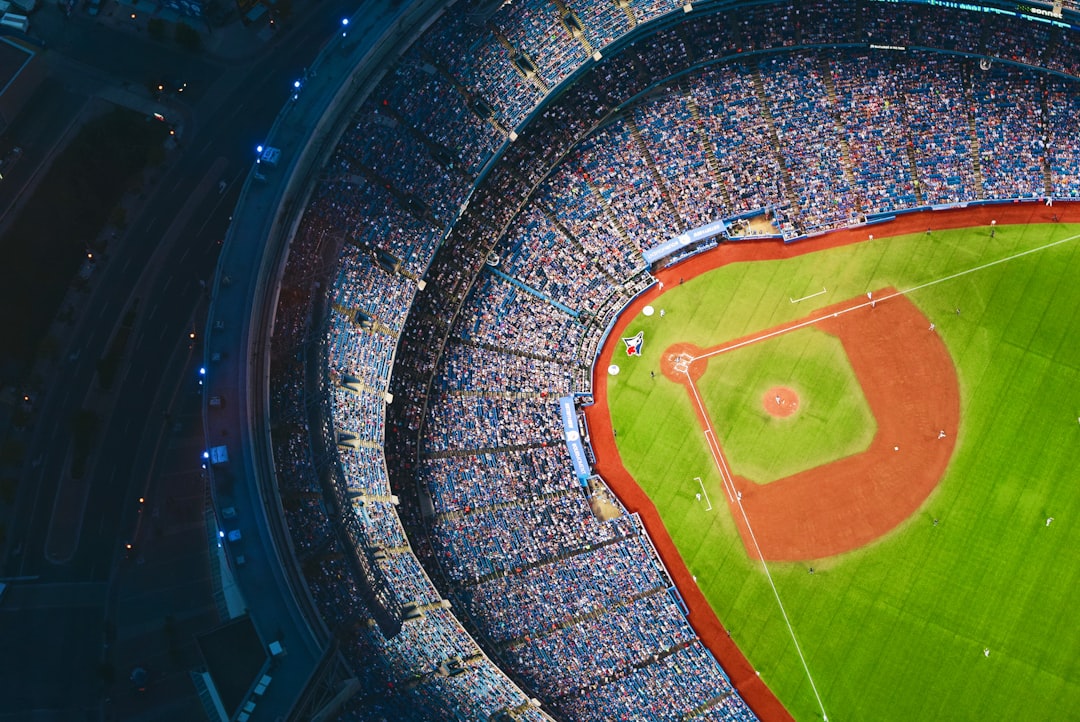There should be professional baseball everywhere
Part 1 of "Toward a Better Baseball"
During MLB’s offseason, I will post a series of essays titled “Toward a Better Baseball.” The goal of the series is to articulate a vision for the sport for when MLB loses its monopoly power. This is Part 1.
Troy, New York, has suffered decades of industrial decline, its population is smaller today than it was in the 1880s, a…
Keep reading with a 7-day free trial
Subscribe to Out in Left to keep reading this post and get 7 days of free access to the full post archives.



